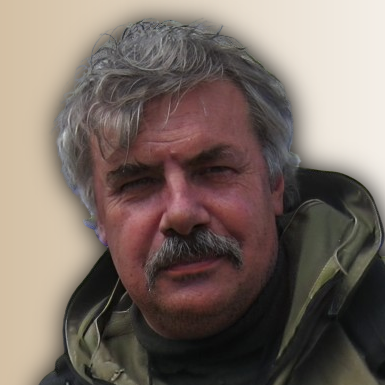
Deputy General Director for Science and Chief Geologist
IGT Group (IGT service LLC)
Andrey Chitalin - Chief geologist, deputy. General Director for Science, Institute of Geotechnologies LLC, Moscow. Candidate of Geological and Mineralogical Sciences, specializing in geotectonics, senior researcher, and member of the Society of Economic Geologists (SEG), and International Association of Structural Geologists (IASG). He was awarded the “Field Discoverer” and “Excellence in Subsoil Exploration” badges. He worked in different regions of Russia and abroad, and was engaged in geological surveying, prospecting, assessment and exploration of ore deposits. He is a specialist in structural analysis. He has extensive experience studying and searching for porphyry copper and gold deposits. For 20 years he taught various geological disciplines and conducted educational practices for students at the Geological Faculty of Moscow State University. M.V. Lomonosov. Has more than 100 scientific publications
Development of a GIS project – how many layers are needed?
..
Geological and structural analysis and verification works – what types of studies are sufficient at the first stage of assessment
...
Identification of structural mineralisation trends during geological targeting and search for deposits
The structural trend of mineralization is a linear accumulation of deposits and manifestations of ore mineralization, as well as accompanying metasomatites and geochemical anomalies.
Mineralization trends are controlled by fractures and zones of fracturing, can be marked by small intrusive bodies, are often expressed in geophysical fields and are reflected by “ore” multispectral anomalies and thickening of lineaments on satellite images.
Ore-controlling structures could have formed at different stages of deformation in different kinematic settings.
Structural trends of mineralization are of different scales; regional trends are often transstructural - they cross regional faults, various geological zones and terranes.
Identification of structural mineralization trends is an important component of geological targeting, forecasting and prospecting for ore deposits.
Structural mineralization trends are exploration corridors within which the discovery of new deposits is most likely.
